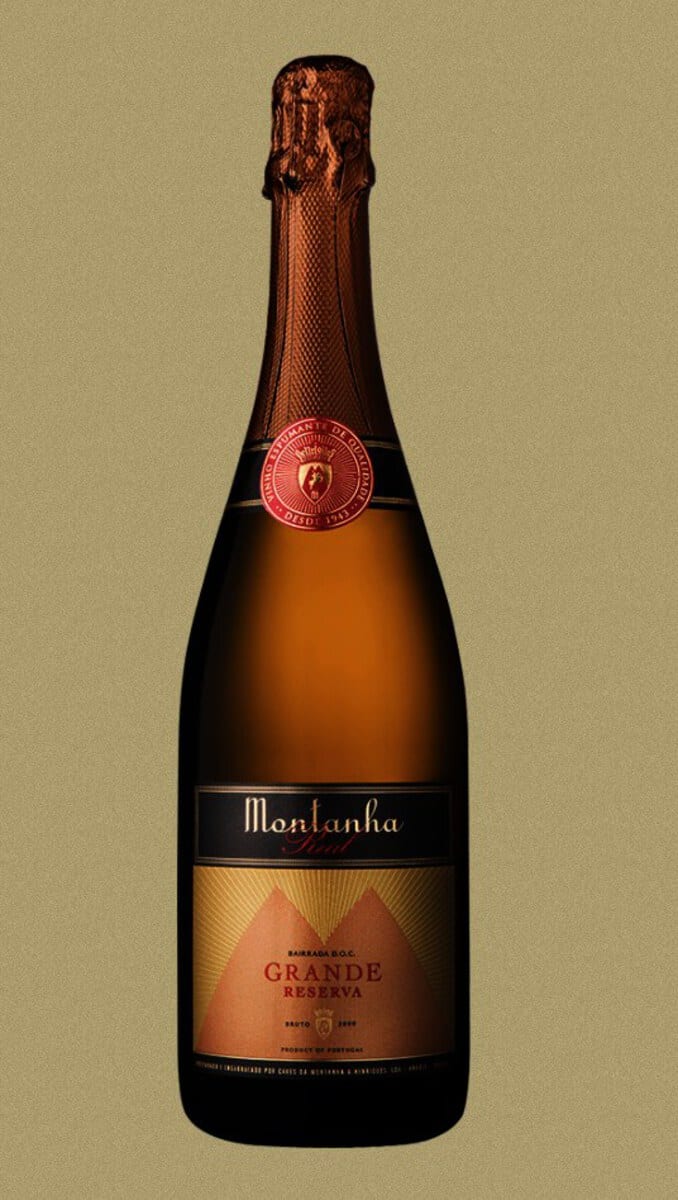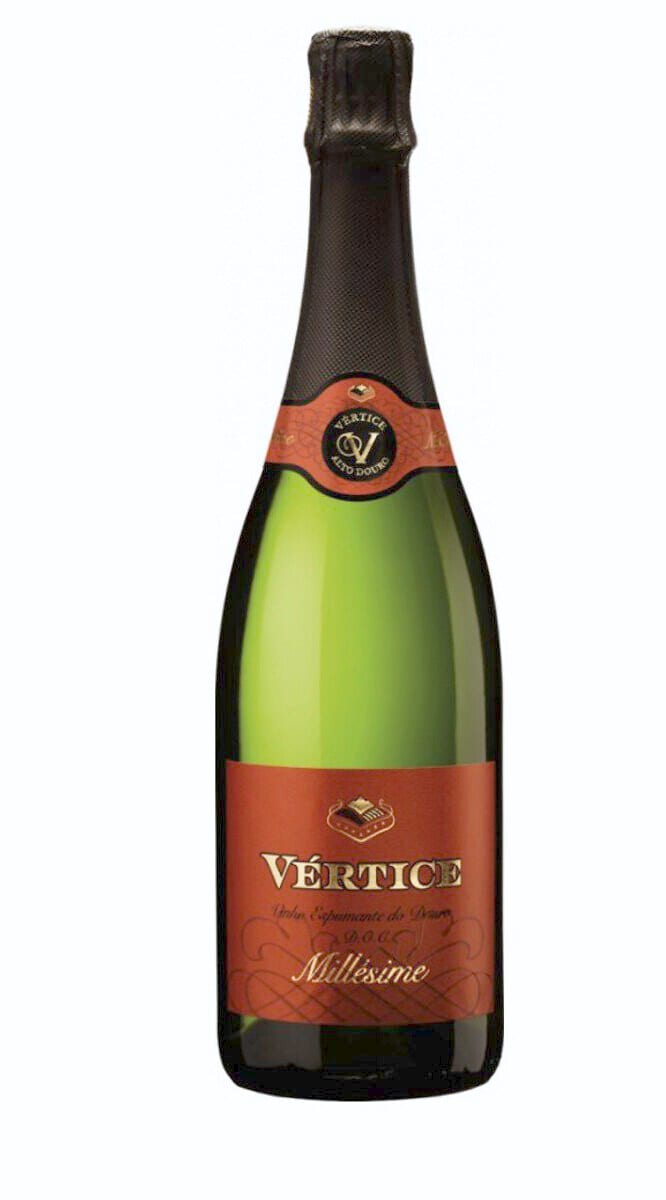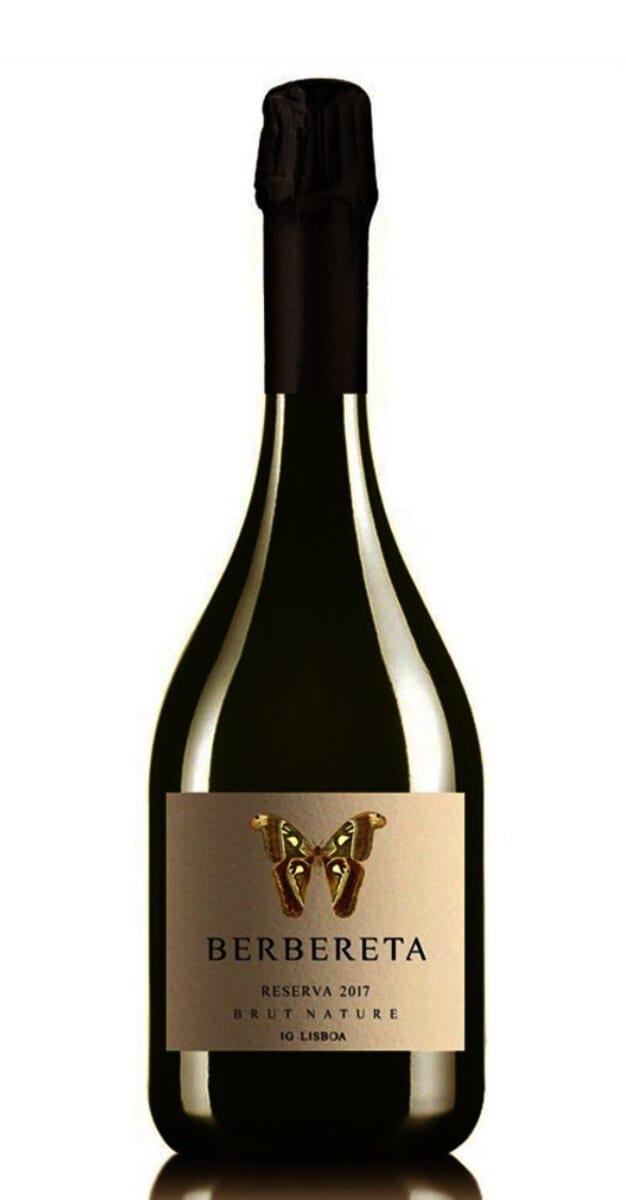Portuguese sparkling wines. A fine surprise!
Wine and travel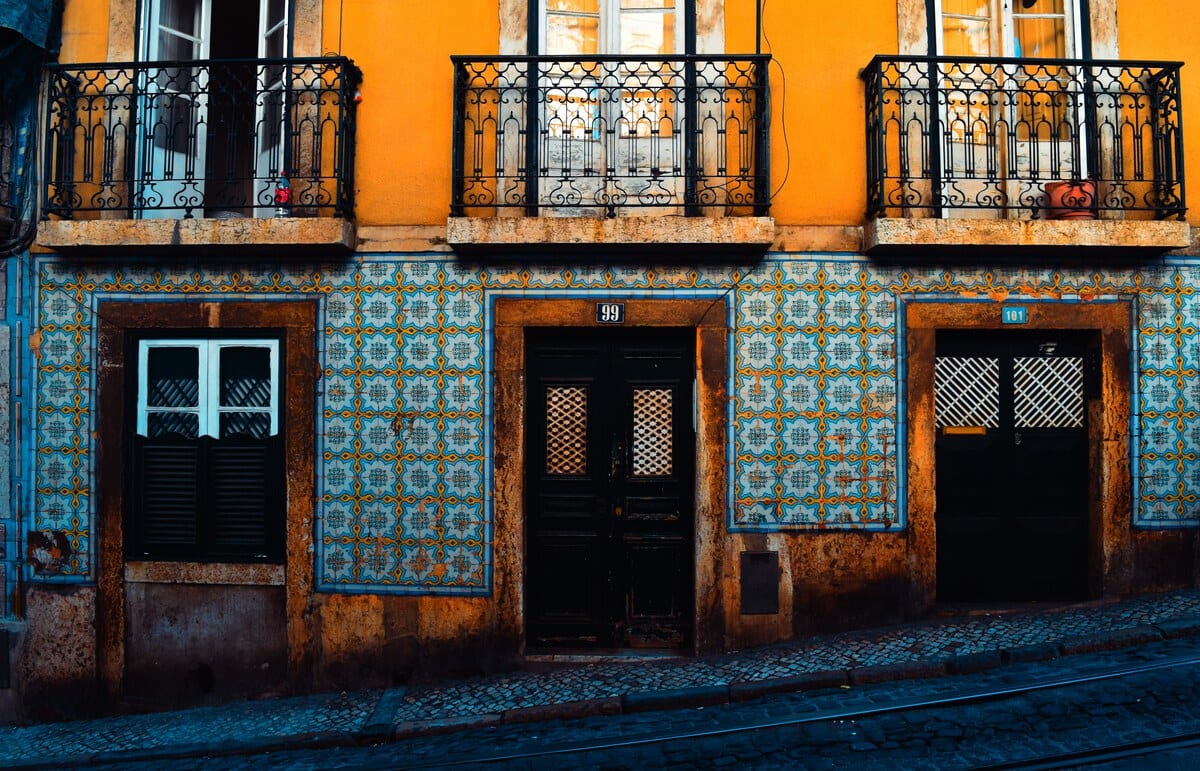
Photo by Diego Garcia
Portugal is the cradle of fantastic wines, notably Port, Douro and the famous Vinho Verde. But not just!
Most likely, you had never heard of Portuguese sparkling wine, at least I hadn’t. Portuguese winemakers only started producing bubbles at the end of the last century, and it only got international attention in the 2010s. That does not mean that the quality is not there, pretty much the contrary!
There is a lot to love and like in Portuguese sparkling wines!
QUALITY OF PORTUGUESE SPARKLING WINES
Like every other wine in Portugal, sparkling quality and production are under the supervision of the IVV (Portuguese authorities related to wine).
VEQPRD (Vinho Espumante de Qualidade Produzido em Região Determinada) or VFQPRD (Vinho Frisante de Qualidade Produzido em Regiao Determinada) - the main difference amongst them is the latter is semi-sparkling, but both need to follow strict origin and production requirements.
Vinhos Espumosos are the loosest and more relaxed regarding specifications and are often carbonated table wines, lacking the complexity and nuances of the former. Do not mistake espumoso for espumante!!!
If you want to ensure the quality, make sure you see the VQPRD acronym on the label!
TYPES OF WINES
As per the colour, you will find tinto (red), rosado (rosé) espumantes, but bramco (white) are the most common. They are unique and quite different to the Champagne, Cava or Prosecco (for a deep dive check out my articles about Italian sparklings, sparkling wines and alternative wines to champagne!).
These wines are made with blends of endemic grapes such as Baga, Arinto, Bical, Alvarinho, Loureiro, Trajadura. Sometimes some Chardonnay is added to the mix.
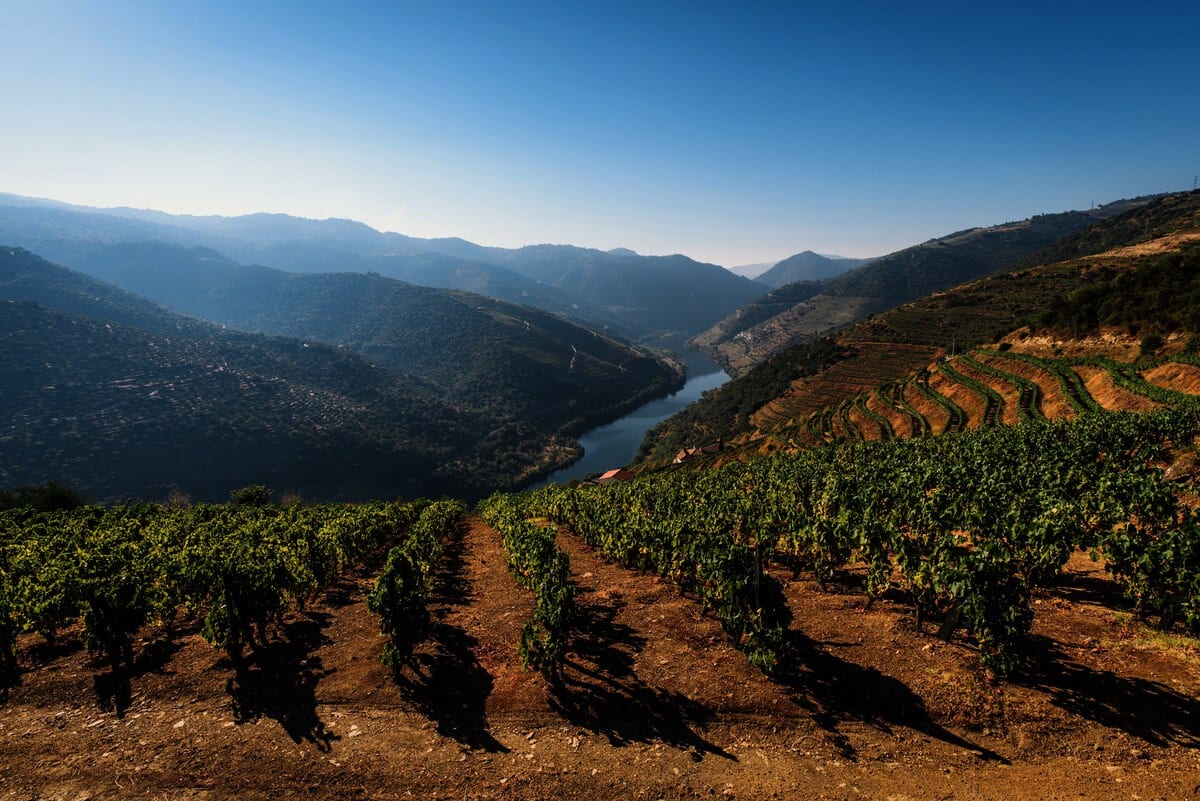
Photo by Maksym Kaharlytskyi
Sparkling wines from Portugal also benefit from the breezes of the Atlantic to achieve a refreshing level of acidity.
Depending on the level of residual sugar, they can be classified in brut nature, brut, demi-sec, similar to Champagne or Cava. An observation: Portuguese sparkling tend to be a bit sweeter overall, something to take into account.
ESPUMANTES FROM BAIRRADA
While any region can produce vinho espumante, the reality is over 60% of them are from the Bairrada area. These wines are famously made only through the traditional method as well as is Champagne or Cava. Nevertheless, their profile is quite different. Bairrada espumantes are fruit-forward, floral and don’t display the typical bread and yeasty notes that Champagne or Cava do. A compelling example of such wine is Real Grande Reserva Bruto 2010 (Caves da Montanha). It is a blend of Chardonnay, Arinto and Baga, with apple notes and a fine persistent mousse. The Real Grande Reserva is an excellent pair to meat or fish dishes on special occasions.
Montanha "Real Grande Reserva Branco Bruto" 2010
Blend of Chardonnay / Arinto / Baga (grape)
Round and elegant. Apple & orange blossom.
A sparkling - traditional method wine from Bairrada 🇵🇹Portugal
Points:
OTHER REGIONS
In other regions, it is also allowed to make sparkling wines using the Charmat method (fermentation in a tank). There has been a huge development in sparkling wines in the Peninsula de Setúbal, Dao, Tavora-Varosa, Lisbon and Douro, amongst other regions.
Made through the traditional method, Vertice Millesime Sparkling 2012 (Caves Transmontanas), is an excellent example of a sparkling from Douro. And it has nothing to envy any Bairrada. Made with a blend of 6 local grape varieties. With intense aromas of red fruit and apple jelly, with fine bubbles and penetrating acidity. Try it with light dishes such as salads or seafood.
Caves Transmontanas "Vertice Millesime Sparkling" 2012
Blend of Malvasia / Touriga Franca / Godello
Structured & creamy. Bread & apple.
A sparkling - traditional method wine from Douro DOC🇵🇹Portugal
Points:
From the Lisboa region here is another great example. Made with the transfer method this wine shows the complexity of partial fermentation in French oak.
Berbereta Natural Frizzante 2017 (Quinta do Porto Nogueira) is made with a blend of the local variety Arinto and Chardonnay. It is a great bubbly and expresses all the minerality of the Atlantic with a very elegant pétillance and long finish. Excellent as an apéritif, or accompanying desserts.
Quinta do Porto Nogueira "Berbereta Brut Natural Frizzante " 2017
Arinto / Chardonnay
Mineral & elegant. Wet stone & yellow plum.
Points:
Portugal is a great wine country, but its sparkling wines are almost unknown to the international wine consumer. First, because they have a short history of producing sparkling wines. And second, because only a few brands of sparkling wines can be found outside its borders.
Nonetheless, the category is growing steadily and it is worth following up.
I hope you enjoyed this short guide to my favourite Portuguese sparkling wines.
Are you planning a trip to Portugal? Are you just curious about discovering new sparkling wine? Have a look at latest article about great sparkling wine producers near Milan.
And, reach out on Twitter or Instagram to tell me more about you and your love for wine. It will be great to hear from you!

